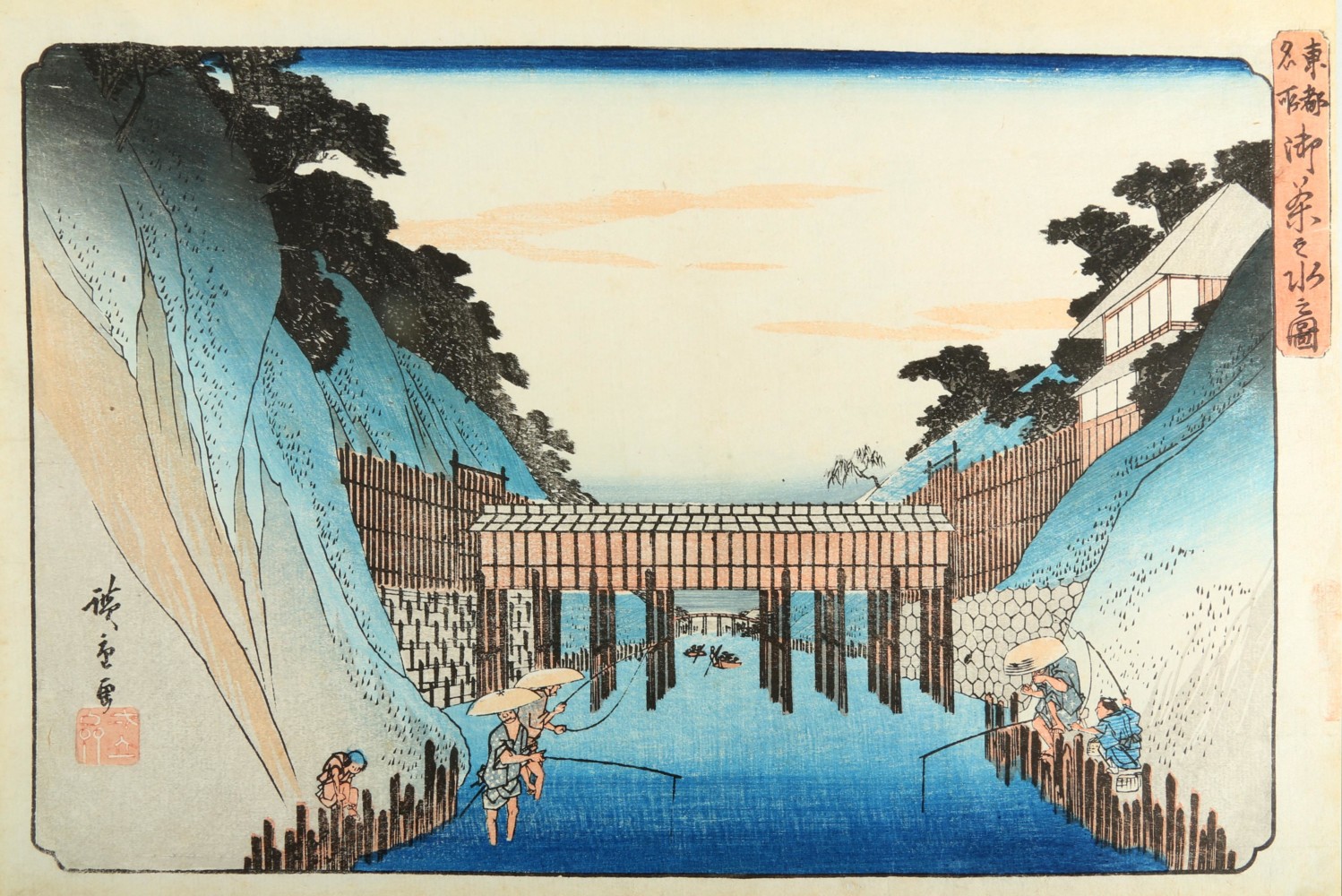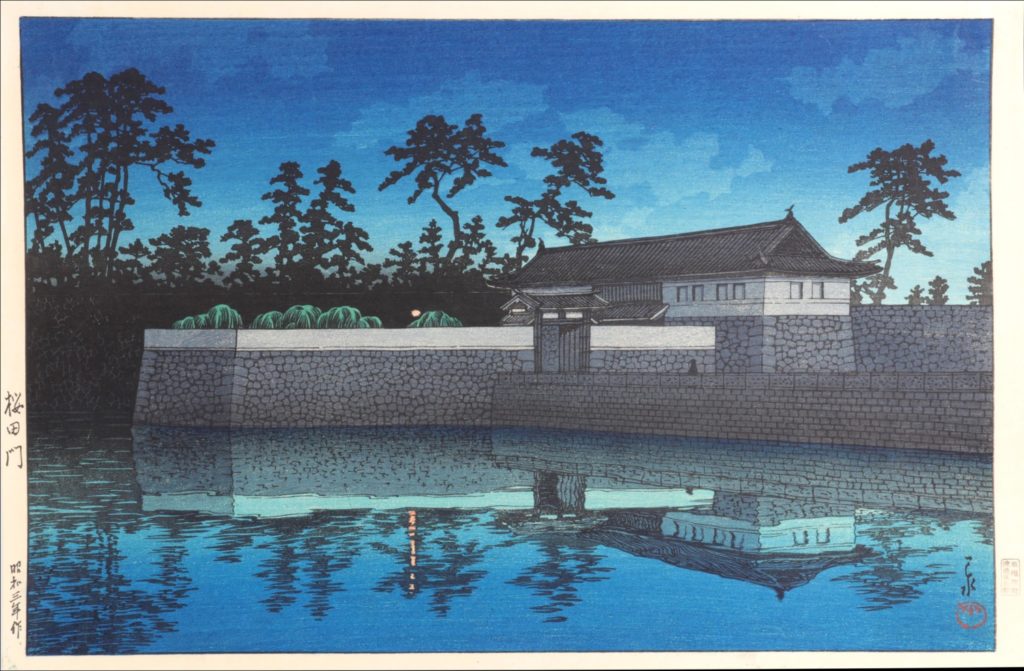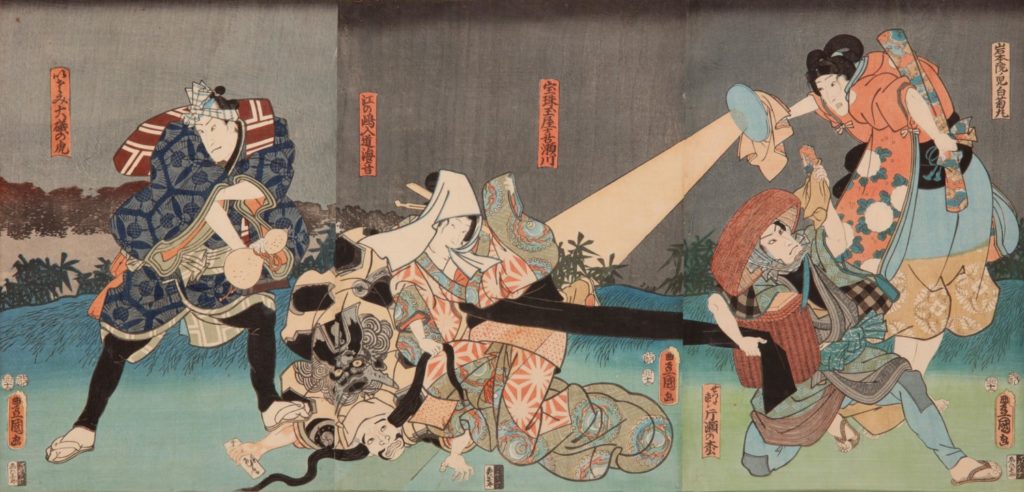Five reasons to collect Japanese Prints

Lot 2. A Japanese Woodblock Print by Hiroshige (1797 – 1858).
Ahead of the Asian Art sale taking place on the 4th September, which features a section dedicated to Japanese woodblock prints, specialist Yasuko Kido delves into the history of this unique art form that continues to captivate collectors around the world.
Value
Apart from very rare prints or early representations of the masterpieces, the majority of 19th century Japanese prints are still undervalued in comparison to Western or Chinese art and have the potential to increase in value, as living artists are unable to match the quality and techniques of the past. With prints available on the market to cater for all budgets, you can buy an original woodblock print by a well known artist such as Hiroshige and Kuniyoshi for less than £200.
Lot 26. A Japanese Woodblock Print by Hasui Kawase (1883 – 1957).
Variety
Collectors are appreciative of Japanese prints for a plethora of reasons, whether it be the subject, the artist or aesthetic value. Subjects range from landscapes to birds, flowers and the theatre, with many 20th century examples printed using the traditional method but depicting a contemporary setting.
Lot 49. A group of nine Japanese Woodblock Prints by Kunisada and others.
History
'Each print has a story to tell' - Yasuko Kido
19th century Japanese woodblock prints reflect the unique Edo society, which was infused by popular sub-culture such as kabuki theatre, sumo wrestling, courtesans of pleasure houses, legends and ancient warriors. In addition, during the Meiji period prints frequently depicted the Russo-Japanese and Sino-Japanese wars.
Lot 36. Two framed Japanese prints by Hiroshige and Kunisada.
Beauty
The beauty of the simple lines and flat bright colours characteristic of Japanese prints captured the imagination of the Impressionist artists in Europe. Everyday subjects in the city, such as women in a dressing room feeding a baby or travellers resting at a tea-house in the garden of a temple, are common themes in Japanese prints and inspired many Western collectors.
Lot 9. A Japanese Woodblock Print by Hiroshige.
International appeal
The standard size of a Japanese print is 25 x 35cm, small enough to carry in a briefcase or most commonly in your home 'under the bed.' Many examples are published as a series, motivating collectors to acquire the complete set. Appreciated by societies and study groups and housed in major museums across the globe, the appreciation of Japanese prints is an international one and they continue to inspire a global network of collectors.